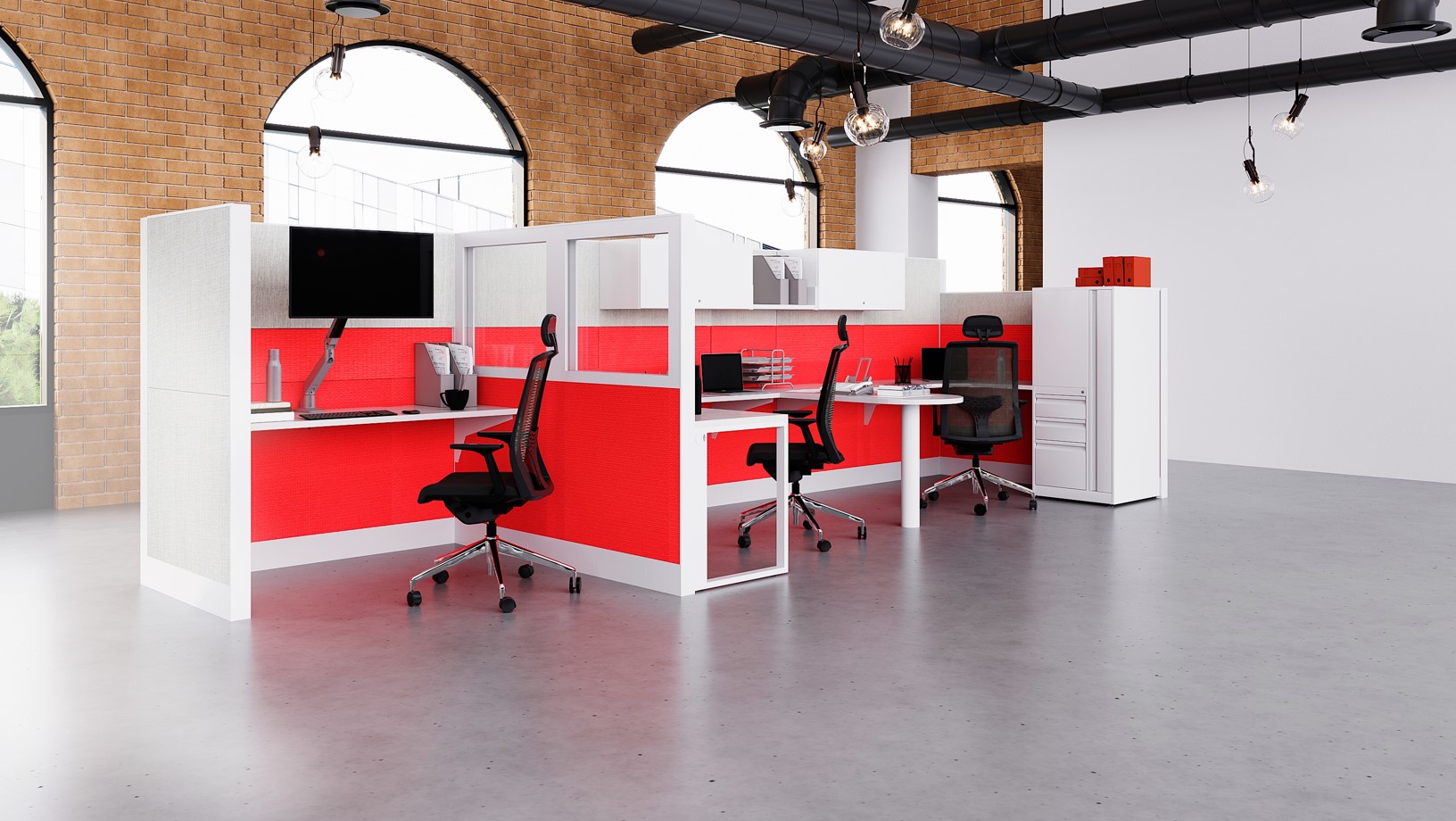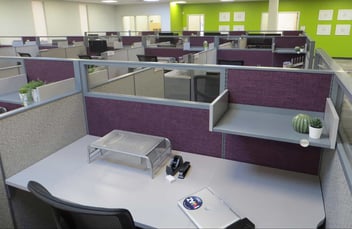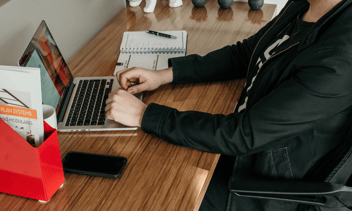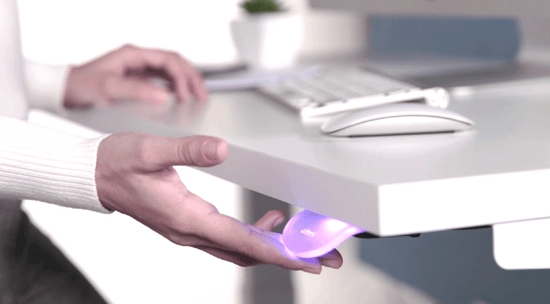How to reduce noise and distractions in an open office design
Although open offices have gained popularity in recent years, many managers struggle to find a way to improve productivity and reduce distractions in this environment. Find how you can do it in this article.

It is no surprise that open office design became a trend in office design and remains standard operating procedures in many businesses. And although there are many advantages and qualities it offers. Distractions and noise remain one of its biggest challenges. Here is a list of ideas about how several different companies are solving this issue.
The auditory factor
One of the crucial problems with an open office layout is ambient noise. However, in an environment designed to integrate teams, listening to all the conversations and all the sounds produced by colleagues generates distractions that impact productivity.
As such, the general design of our open-plan office must be taken into account. Simple additions, such as dividers and privacy screens, allow easy integration with the office furniture and are not too intrusive. It can also provide an environment that facilitates concentration when needed.
A physical sound barrier is not enough. If the surface of the barrier is too hard, it can create an echo. Using walls with textures capable of absorbing noise will help. Having modular furniture stations with greater isolation capacity for those requiring greater concentration will help promote better performance.
One of the advantages of modular furniture is that it can be easily moved or adapted to suit the company’s specific needs.
Floor plan and layout analysis
It is also essential to evaluate whether your office has an appropriate layout for all tasks. There is a fallacy that the open office means that everyone is to collaborate at all times, which is not the case according to several studies.
It is better to have areas that are very focused on the different types of tasks. There are indeed actions that require the work of several members of the office. So, it is crucial to have a good set of furniture for collaborative work, and having individual work areas is also vital for specialized tasks.
For example, a meeting room offers more privacy and will not distract the other office workers from their routine tasks.
Having an area with comfortable sofas to allow workers to de-stress a little can be productive. It will enable workers to relieve some tension and allow them to return to mundane or stressful tasks with greater concentration and vigor.
Organization
Keeping a well-planned work schedule will also allow us to make better use of time and space.
Delineating times for collaborative tasks and keeping a concrete to-do list for each member will allow progress towards well-defined objectives, which will help stay focused on priorities.
Office design without fixed locations
Many of the most successful companies in recent years have also adopted open office models, but with spaces where employees can move freely, called activity-based workspaces.
Workstations of various types are set up. Perhaps there are days when two or three office members have to be coordinated to be integrated into a collaborative work section. There could be other days that require individual functions where it is necessary to be more focused. An individual set with greater isolation can be useful, and of course, including a set of isolating headphones is also a great help to mitigate distractions.
An idea that has worked for many companies is to place colored signs in workspaces to indicate their availability. For example, if you are doing a task requiring you to be fully focused and don't want anyone to approach you to comment on something, you can place the sign in red. This serves as a warning that you are not available. On the other hand, placing it in green can indicate that you are open to receive visits and comments from other colleagues in the office.
Consider visual distractions
Another common type of distraction in open offices is the visual issue; keeping a corridor insight can be useful in customer service cases. However, seeing the comings and goings of the office is a constant distraction that affects productivity.
Working in an open office does not mean that we all have to see each other's faces at all times; the installation of panels on desks is also another simple way, which also has its advantages in a context of 'new normal.’
Another simple solution is to ensure that all traffic is directed to flow past the employees’ backs.
Putting it all together
Seeking feedback from the office workers while considering the managerial approach will also help you know your staff’s concerns and needs in greater detail.
It is also worth implementing metrics to concretely measure productivity factors and thus be able to gradually refine until you find an ideal formula to meet your office’s objectives best.





